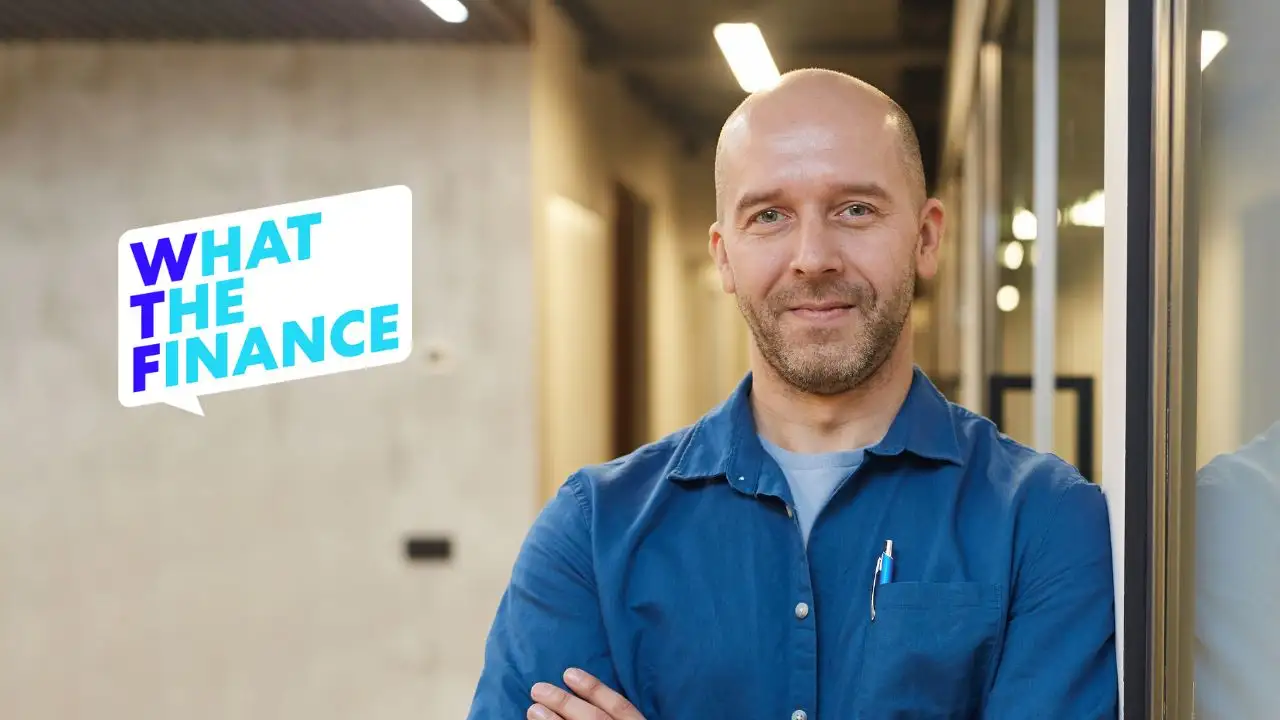
Everyday Finances
Smart ways to reduce your debt and STILL save money
Oct 04, 2023
Written by
Reviewed by
Having debt hanging over your head can feel frustrating, and it can be tempting to simply pay off big chunks when you get a windfall. However, that’s not always the best approach. Draining your bank account or emergency fund can leave you financially vulnerable.
Let’s take a look at how to reduce your debt while still saving money.

Step 1: Make your minimum payments—and a plan
You might think putting all of your available income toward reducing your debt is the best way to move forward with your finances, but that approach might actually set you back. When you put everything toward paying off debt in one chunk, you might be left with nothing to cover emergencies. Emergencies aren’t an “if.” They’re a “when.” Everybody has unexpected expenses sometimes. What you don’t want is to find yourself back in debt.
First, double-check to make sure you’re making all of your minimum payments. Then, create a plan to tackle your debts while also setting aside money for savings.

Step 2: Build a cash cushion
Next, after you cover your basics, put any money you have left toward a cash cushion. There are different measures you can use, but a common first milestone is $1,000. Or you might keep at it until you have enough to cover one month’s rent or mortgage payment. You want an amount that will provide you with a little breathing room and a way to handle small emergencies without adding debt. But we aren’t working on a fully-funded emergency stash just yet.

Step 3: Get your retirement plan match
If your company offers to match your retirement savings, that’s free money. Consider contributing enough to get the match. You’ll prepare for the future automatically, with the money coming straight from your paycheck.
If you’re not getting a match, it might still be worth it to set aside a few dollars a paycheck for retirement—just to get in the habit—but put the bulk of your available money toward paying down debt.
Other than getting the match, retirement savings are a lower priority than paying off debt and saving a short-term emergency fund. So focus on those first.

Step 4: Divvy up your available cash
Once you meet your first savings milestone, think about how to divvy up your discretionary income towards your goals. Your discretionary income is the available cash that you get to choose how to spend after you cover your necessary expenses. For example, when I was drowning in credit card debt, I first made sure I had a $1,000 emergency buffer in my checking account. Then, I put $20 from each paycheck toward my retirement plan. It wasn’t a lot, but it was a good habit. After accounting for my minimum payments and necessary bills, I still had about $400 a month that I could use for debt reduction and savings. I decided a good split would be 75%/25%: $300 would go toward paying down debt and the other $100 could go into savings.
It’s a slower way to reduce debt, but in some ways, it’s more manageable. I felt like I was building my future instead of depleting all my resources to pay off debt.
In this way, you can create a stable foundation for your finances. If you need to make an unexpected car repair, you may not have to use your recently paid off credit card—and end up back in debt.

Ways to boost your debt pay down and savings
If you’re looking for ways to increase your ability to pay down debt while building savings, here are a few tips that can help you make the most of your dollars:
Make it automatic: Set up recurring transfers to move your money regularly, even if it’s a small amount. Schedule extra debt payments ahead of time so you don’t have to think about it, and transfer money to a savings account a couple of times a month.
Look for ways to save: When you find ways to save money in other spending categories, divide those savings the same way you manage your debt paydown and savings split. If I saved $15 on my grocery bill one week, I’d put $11.25 toward debt reduction and the remaining $3.75 in the savings account. It doesn’t seem like a lot, but these micropayments start to add up, especially if you have several a month.
Increase your income: If you have time available, consider finding ways to increase your income. A side hustle, part-time job, or some other money-maker can help you defeat your debt a little faster while giving you a chance to build savings.
Refinance your debts: If you’re paying off high-interest credit card accounts, look into whether you could use a personal loan to consolidate your debts. If you can get a lower interest rate, you could pay off your debt faster.
Last, don’t forget that help is available. Free tools like the MoLO app can help you find ways to save more.
A professional debt expert could help you figure out what the best approach to your debt might be. You can get a free debt evaluation today.
Author Information
Written by
Miranda Marquit is an award-winning freelance writer and podcaster who has covered various financial topics since 2006. Her work has appeared in numerous media outlets, and she is frequently asked to host workshops and appear on panels on topics related to financial wellness. She is the co-host of the Money Talks News podcast and a consumer finance advocate and spokesperson for moving hub HireAHelper.
Reviewed by
Kimberly is Achieve’s senior editor. She is a financial counselor accredited by the Association for Financial Counseling & Planning Education®, and a mortgage expert for The Motley Fool. She owns and manages a 350-writer content agency.
Related Articles
Spoiler alert: APR is just how much your loan costs for a year. Find out here how it differs from your interest rate.
Miranda Marquit
Author
Debts are not all created equal. Prioritize your debt as part of your payoff strategy. We’ll show you how.
Jackie Lam
Author
Compound interest is a two-sided coin. Good for your savings, bad for your debts. Find out more here.
Miranda Marquit
Author
Spoiler alert: APR is just how much your loan costs for a year. Find out here how it differs from your interest rate.
Miranda Marquit
Author
Debts are not all created equal. Prioritize your debt as part of your payoff strategy. We’ll show you how.
Jackie Lam
Author
Compound interest is a two-sided coin. Good for your savings, bad for your debts. Find out more here.
Miranda Marquit
Author


